Home>Dining>Tableware>What To Do With A Dining Room You Don’t Use
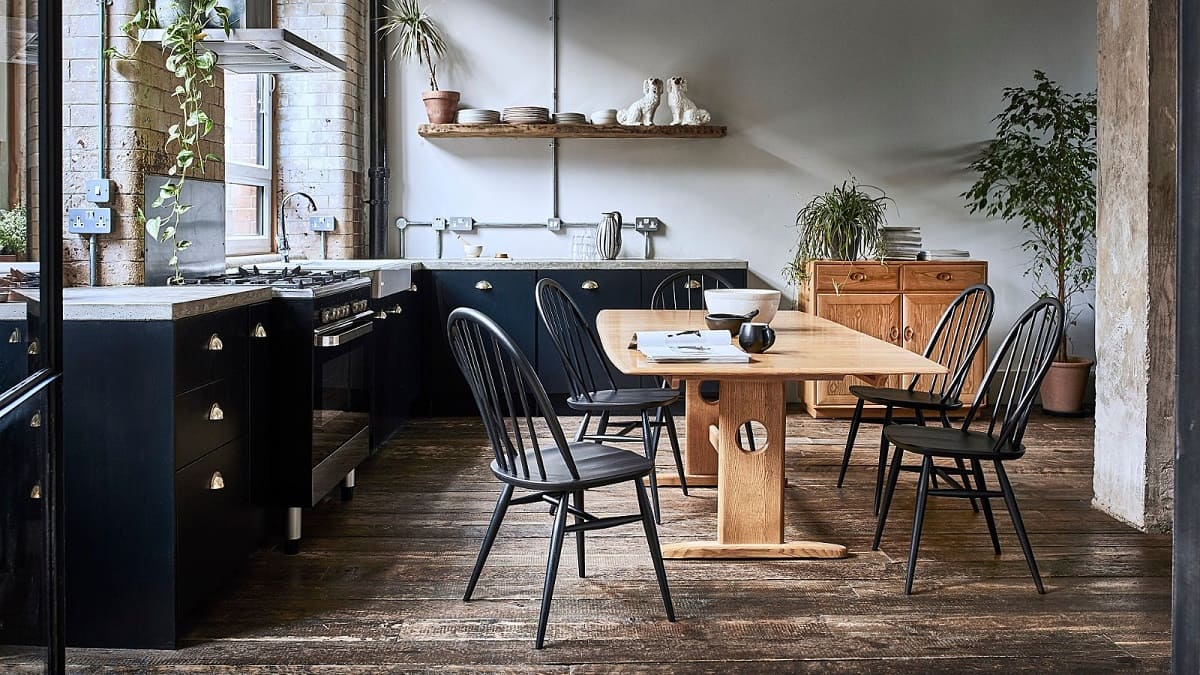

Tableware
What To Do With A Dining Room You Don’t Use
Modified: January 21, 2024
Discover creative ideas for repurposing your unused dining room into a stylish showcase for your tableware. Maximize the beauty and functionality of your space with these inspiring tips.
(Many of the links in this article redirect to a specific reviewed product. Your purchase of these products through affiliate links helps to generate commission for Storables.com, at no extra cost. Learn more)
Introduction
Many homes have a dedicated dining room, but oftentimes, it becomes an underutilized space. Whether you find yourself rarely sitting down for a formal meal or simply have a dining room that goes unused, it’s time to rethink the potential of this area. Rather than letting it gather dust or function as a storage space for clutter, why not transform it into something that adds value and functionality to your home?
In this article, we’ll explore some creative and practical ideas for repurposing a dining room you don’t use. By thinking outside the box, you can transform this space into something that caters to your lifestyle and enhances the overall functionality of your home.
Before diving into the different possibilities, take a moment to assess the current status of your dining room. Consider the size, layout, and any existing features that can influence the direction you choose. This will help you make informed decisions about how to repurpose the space effectively.
Now, let’s explore some exciting options for repurposing that unused dining room:
Key Takeaways:
- Repurpose your unused dining room into a functional and personalized space that aligns with your lifestyle and interests, adding value and joy to your home while reflecting your unique style and creativity.
- Transform your underutilized dining room into an inspiring office, cozy home library, vibrant playroom, stylish home bar, welcoming guest room, creative craft haven, motivating workout area, or versatile entertainment zone to cater to your specific needs and preferences.
Read more: What To Do With A Dining Room You Don’t Use
Assessing the Situation
Before you can start repurposing your dining room, it’s important to assess the current situation and determine what changes might be necessary. Here are a few key factors to consider:
- Size and Layout: Take measurements of the room and consider its layout. Is it a small, intimate space or a large, open area? Assessing the size and layout of the room will help guide you in determining what type of transformation is feasible.
- Lighting and Ventilation: Evaluate the existing lighting and ventilation in the room. Adequate lighting is crucial for most repurposing options, whether you intend to create a home office or a playroom. Also, be sure the space is well-ventilated to ensure comfort and functionality.
- Accessibility: Consider the location of the dining room in relation to other areas of your home. Will it be easily accessible and convenient to use for its new purpose?
- Storage Space: Assess the availability of storage space within the room. Depending on the new purpose, you may need to incorporate storage solutions to keep the area organized and clutter-free.
- Existing Features: Take note of any existing features that could either enhance or limit your repurposing options. For example, a large window can provide natural light and scenic views, while a fireplace might require additional considerations for safety and functionality.
By taking the time to evaluate these factors, you’ll be able to make informed decisions about how to repurpose your dining room effectively. Keep these considerations in mind as we explore various transformation ideas in the following sections.
Repurpose as an Office Space
If you find yourself in need of a dedicated workspace, repurposing your unused dining room as an office can be a great solution. Here are some steps to transform it into a functional and inspiring office space:
- Clean and Declutter: Begin by decluttering the space and removing any unnecessary furniture or items that may be stored in the dining room. Give it a thorough cleaning to start with a fresh canvas.
- Define Work Zones: Determine the layout of your office space by designating areas for different activities. Consider a designated desk or workspace for your computer, as well as an area for storage or a filing cabinet.
- Comfortable Seating: Invest in a comfortable office chair that will support you during long hours of work. If space allows, consider adding a cozy reading nook or a small seating area for clients or guests.
- Ample Lighting: Good lighting is crucial for productivity. Make use of natural light as much as possible by positioning the desk near a window. Supplement with task lighting, such as a desk lamp or overhead lighting, to ensure sufficient brightness.
- Organizational Solutions: Incorporate storage solutions to keep your office supplies and documents organized. Consider using shelves, filing cabinets, or storage baskets to keep everything within reach and neatly arranged.
- Incorporate Personal Touches: Make your office space your own by adding personal touches. Hang artwork, display motivational quotes, or incorporate plants to create a welcoming and inspiring work environment.
Transforming your dining room into an office space not only provides you with a dedicated workspace but also allows you to separate your professional and personal life. Additionally, it adds functionality and value to your home. Whether you work from home full-time or need a place for occasional tasks, repurposing your dining room as an office can be a practical and rewarding choice.
Create a Home Library
For book lovers and avid readers, transforming your unused dining room into a cozy home library can be a dream come true. Here’s how you can create a captivating space to indulge in your favorite books:
- Bookshelves: Install bookshelves along the walls to house your book collection. Opt for floor-to-ceiling shelves if you have a large number of books or go for shorter shelves if you have a smaller collection.
- Reading Nook: Dedicate a corner of the room as a reading nook. Place a comfortable armchair or a cozy loveseat with pillows and a throw blanket. Add a small side table or a bookshelf within reach to hold your current reads.
- Proper Lighting: Ensure the space is well-lit with both natural and artificial lighting. Position a reading lamp near the seating area for focused reading, and install adequate overhead lighting to illuminate the entire room.
- Organization: Arrange your books in a logical manner, whether by genre, author, or any other sorting system that works for you. Consider using bookends, dividers, or decorative storage boxes to keep the shelves tidy and visually appealing.
- Comfortable Flooring: Choose a comfortable flooring option, such as carpet or a plush area rug, to add a cozy touch to the room. This will make sitting on the floor or stretching out with a good book even more enjoyable.
- Seating for Guests: If you enjoy hosting book clubs or inviting friends over for literary discussions, include additional seating options such as extra chairs or a small sofa. Make sure there’s enough space for your guests to comfortably relax and engage in conversations.
A home library can offer a peaceful escape and create a serene atmosphere for reading and contemplation. It also adds visual interest and sophistication to your home. Whether you have an extensive book collection or simply want a dedicated space to curl up with a good book, repurposing your dining room as a home library is a wonderful way to make the most of your unused space.
Transform into a Playroom
If you have children or want to create a designated space for play and creativity, repurposing your unused dining room as a playroom can be a fun and practical solution. Here are some steps to create a vibrant and inviting play area:
- Safe and Child-Friendly Flooring: Consider installing soft and easy-to-clean flooring, such as foam mats or carpet, to provide a comfortable and safe area for play. This will also help cushion any falls or tumbles.
- Plenty of Storage: Incorporate ample storage options, such as toy bins, shelves, or cubbies, to keep the playroom organized and clutter-free. Encourage your child to help with tidying up by labeling storage containers and creating a system for easy access.
- Activity Centers: Create different activity zones within the playroom. Set up a cozy reading corner with a bookshelf and bean bags, designate an arts and crafts area with a table and art supplies, and consider including a small play kitchen or a dollhouse for imaginative play.
- Colorful and Inviting Decor: Use vibrant colors and playful decor to make the playroom visually appealing. Add wall decals, posters, and artwork that cater to your child’s interests and preferences. Incorporate soft furnishings and cushions to create cozy spots for play and relaxation.
- Sensory Play: Include sensory play elements, such as a sensory table filled with sand or water, a small ball pit, or a musical instrument corner. These activities can engage your child’s senses and promote their development.
- Safety Measures: Take necessary safety precautions, such as installing childproof locks on cabinets, outlet covers for electrical outlets, and securing heavy furniture to the wall to prevent accidents. Ensure that the playroom is a safe and supervised space for your child to explore and play.
Transforming your dining room into a dedicated playroom not only provides your child with a designated space for play but also helps contain toys and activities to one area of the house, keeping the rest of your home clutter-free. It allows your child to freely express their creativity and imagination while providing a safe and enjoyable environment for play.
Read more: What To Use When You Dont Have A Screwdriver
Set Up a Home Bar
If you enjoy entertaining guests or want to create a space for your favorite beverages, repurposing your unused dining room as a home bar can be a stylish and sophisticated choice. Here are some steps to help you set up the perfect home bar:
- Bar Counter and Storage: Install a bar counter along one wall or use an existing piece of furniture as a bar. Make sure there is enough counter space to prepare drinks and display your selection of spirits. Incorporate ample storage for glassware, bottles, and cocktail accessories.
- Theme and Atmosphere: Choose a theme or style for your home bar to create a cohesive and inviting ambiance. Whether you prefer a classic, rustic, or contemporary look, select decor items, lighting, and furniture that reflect your desired aesthetic.
- Bar Tools and Glassware: Invest in essential bar tools, such as a cocktail shaker, mixing spoons, jiggers, and a muddler. Display your collection of glassware, including cocktail glasses, wine glasses, and shot glasses, to add a touch of elegance to your home bar.
- Beverage Selection: Stock your home bar with a variety of spirits, mixers, and garnishes to cater to different tastes. Consider including a selection of wines, craft beers, and non-alcoholic options for guests who prefer not to drink alcohol.
- Seating and Socializing Area: Arrange seating near the bar area to create a comfortable space for guests to gather and enjoy their drinks. Bar stools or lounge chairs work well for this purpose. If space allows, consider adding a small cocktail table for guests to rest their drinks.
- Mood Lighting: Install appropriate lighting to set a warm and inviting atmosphere. Use dimmable lights or consider adding LED strips behind the bar counter to create a soft glow. Install pendant lights or wall sconces for focused lighting over the seating area.
- Sound System: Enhance the ambiance of your home bar with a sound system. Install speakers or a soundbar to play background music or create a lively party atmosphere when entertaining guests.
Repurposing your dining room as a home bar provides a convenient and stylish space for entertaining guests or enjoying a drink at the end of a long day. It adds a touch of sophistication to your home and allows you to indulge in your love for mixology and hosting memorable gatherings.
Consider transforming your unused dining room into a multi-functional space, such as a home office, library, or game room. This will make better use of the space and add functionality to your home.
Convert into a Guest Room
If you often have guests staying overnight or want to create a welcoming space for friends and family, repurposing your unused dining room into a guest room can be a practical and thoughtful solution. Here’s how you can transform the space into a cozy and comfortable guest retreat:
- Bed and Bedding: Invest in a comfortable bed for your guests. Depending on the size of the room, you can choose a full-size bed, a queen-size bed, or even a sleeper sofa that can double as seating during the day. Make sure to provide high-quality bedding, including pillows, sheets, and blankets.
- Storage Solutions: Incorporate storage options for your guests to keep their belongings organized. Consider adding a dresser or a wardrobe where they can hang their clothes and store personal items. Provide hangers and an empty closet space, if available.
- Privacy and Light Control: Install window treatments that allow your guests to adjust the level of privacy and control the amount of natural light entering the room. Opt for curtains or blinds that can be easily opened or closed as per their preference.
- Bedside Amenities: Provide bedside essentials to ensure your guests’ comfort. This includes a bedside table or nightstand with a lamp, a clock or an alarm, and a power outlet for charging electronic devices.
- Extra Touches: Add extra touches to make your guest room feel welcoming. Place fresh flowers, a small basket of toiletries, or a selection of books and magazines for your guests to enjoy. Consider adding a mirror and a full-length mirror for their convenience.
- Privacy and Noise Reduction: Ensure privacy and noise reduction by adding curtains or rugs to absorb sound. Consider adding a room divider or a folding screen if the dining room is connected to a common area.
- Air Circulation and Temperature Control: Make sure the guest room has proper ventilation and temperature control. Provide a fan, a space heater, or a ceiling fan to accommodate different climate preferences, and ensure adequate airflow throughout the room.
Transforming your dining room into a guest room not only provides a comfortable and private space for your guests but also allows them to feel at home during their stay. It demonstrates your hospitality and makes their visit more enjoyable and memorable.
Utilize as a Craft or Hobby Room
If you have a passion for crafting, painting, or pursuing other creative hobbies, repurposing your unused dining room into a dedicated craft or hobby room can provide you with the perfect space to indulge in your artistic pursuits. Here’s how you can transform the room into a functional and inspiring craft haven:
- Work Surface: Invest in a large, sturdy table or workbench that provides ample space for your craft projects. Ensure it is at a comfortable height and provides enough room for you to spread out your materials and tools.
- Storage and Organization: Incorporate plenty of storage options to keep your craft supplies organized and easily accessible. Install shelves, cubbies, or drawers to store materials, tools, and other essentials. Consider adding labeled storage bins or containers for easy identification.
- Task Lighting: Good lighting is essential for detailed and precise work. Install bright, adjustable task lighting above your work surface to ensure optimal visibility. Consider adding additional lighting options, such as floor or table lamps, to create a well-lit and inviting atmosphere.
- Inspiration Board: Hang an inspiration board or corkboard on the wall where you can pin ideas, inspiration, and project plans. This visual display can help spark your creativity and keep you inspired throughout your crafting sessions.
- Comfortable Seating: Choose a comfortable chair or stool that provides adequate support for long crafting sessions. Consider adding cushions or backrests for added comfort. If space allows, you can also include a cozy reading corner for relaxation breaks.
- Paint and Workstation: If your craft involves painting or other messy projects, create a separate area dedicated to those activities. Install a sink or set up a wash station with water, brushes, and cleaning supplies to make cleanup easier.
- Display and Showcase: Incorporate shelving or wall-mounted boards where you can display or showcase your finished crafts and projects. This not only adds a personal touch to the room but also serves as a source of inspiration and motivation.
Transforming your dining room into a craft or hobby room provides you with a dedicated space to explore and nurture your creative side. It allows you to have all your supplies and tools easily accessible and organized, promoting a productive and enjoyable crafting experience. Whether you enjoy sewing, painting, scrapbooking, or any other creative hobby, having a designated room for your craft projects can help you unleash your imagination and express your artistic talents.
Design a Workout Area
If staying fit and active is important to you, repurposing your unused dining room into a workout area can provide you with a convenient and dedicated space to exercise and stay in shape. Here’s how you can design a functional and motivating workout area:
- Clear the Space: Begin by clearing out the dining room and removing any furniture or items that are not needed for your workout activities. Create an open and clutter-free space that allows for movement.
- Flooring: Consider choosing a suitable flooring option that is comfortable and easy to clean. Rubber flooring or interlocking foam mats are popular choices for workout areas as they provide cushioning and can withstand impact.
- Exercise Equipment: Assess your fitness goals and determine the type of exercise equipment you need. Whether it’s cardio machines like a treadmill or stationary bike, weightlifting equipment, or yoga props, invest in equipment that aligns with your fitness routine.
- Mirrors: Install mirrors along one or more walls to help you maintain proper form and technique while exercising. Mirrors also create the illusion of a larger space and allow you to visually track your progress.
- Music and Entertainment: Set up a sound system or connect portable speakers to play energizing music during your workouts. Consider installing a television or a tablet holder to stream workout videos or follow along with fitness apps.
- Storage Solutions: Incorporate storage options to keep your workout equipment organized and easily accessible. Use shelves, bins, or wall-mounted racks to store weights, resistance bands, yoga mats, and other fitness accessories.
- Proper Lighting and Ventilation: Ensure the workout area is well-lit with natural or artificial lighting that is bright and conducive to exercise. Adequate ventilation and airflow are important to keep the space fresh and comfortable, especially during intense workouts.
- Inspiration and Motivation: Add motivational quotes, posters, or artwork to create an inspiring environment. Consider setting up a vision board or displaying your fitness achievements to keep you motivated and focused on your health goals.
- Hydration Station: Keep water readily available by setting up a hydration station with a water cooler or a countertop dispenser. Staying hydrated during workouts is essential for optimal performance and recovery.
By repurposing your dining room into a workout area, you eliminate the need for a gym membership and have the convenience of exercising in the comfort of your own home. Having a dedicated space for your fitness routine also helps you stay consistent with your workouts and brings you one step closer to achieving your health and wellness goals.
Read more: What To Do With Formal Dining Room
Create an Entertainment Zone
If you love entertaining guests or enjoy spending quality time with family and friends, repurposing your unused dining room into an entertainment zone can provide the perfect space for socializing and relaxation. Here’s how you can create a versatile and inviting area:
- Comfortable Seating: Choose comfortable seating options such as sofas, sectional couches, or lounge chairs to ensure ample seating for guests. Include throw pillows and blankets for added coziness.
- Media Center: Install a media center with a TV or a projector and a sound system. Consider mounting the TV on the wall for optimal viewing and saving floor space.
- Gaming Zone: If you’re a gaming enthusiast, create a dedicated gaming zone. Incorporate gaming consoles, a gaming chair, and a storage solution for your games and accessories.
- Bar or Beverage Area: Install a small bar or beverage area where you can mix drinks and serve refreshments. Include a mini fridge, a countertop, and shelves for glasses and bottles.
- Game Table: Add a game table for playing board games, card games, or puzzles. This can be a versatile space that encourages social interaction and friendly competition.
- Flexible Lighting: Install adjustable lighting options to create different moods for various activities. Consider using dimmable lights or installing smart lighting systems that allow you to customize the ambiance.
- Storage and Organization: Include storage solutions for board games, playing cards, and other entertainment accessories. Use shelves or cabinets to keep the area tidy and organized.
- Decor and Personal Touches: Add decorative elements that reflect your personal style and create a welcoming atmosphere. Consider including artwork, rugs, or curtains that tie the space together and make it feel cozy and inviting.
- Comforting Amenities: Enhance the entertainment zone with comforting amenities such as a popcorn machine, a mini snack bar, or a beverage station with coffee and tea options.
Repurposing your dining room as an entertainment zone provides a dedicated space for hosting movie nights, game nights, or simply spending quality time with loved ones. It promotes social interaction, relaxation, and enjoyment, ensuring that your home is a hub for entertainment and creating lasting memories.
Conclusion
Repurposing your unused dining room is a creative and practical way to make the most of your home. By transforming this underutilized space into something that aligns with your lifestyle and interests, you can add value, functionality, and personalization to your living environment.
Whether you choose to create an office space, a home library, a playroom, a home bar, a guest room, a craft or hobby room, a workout area, or an entertainment zone, the possibilities are endless. Each option offers a unique opportunity to enhance your home and cater to your specific needs and preferences.
When repurposing your dining room, remember to assess the size, layout, and existing features of the room to ensure your transformation is feasible. Consider factors such as lighting, storage options, and accessibility to create a space that is both functional and aesthetically pleasing.
To truly make your repurposed room shine, incorporate personal touches and design elements that reflect your style and enhance the ambiance. Create a space that inspires and nurtures your passions, whether it’s through cozy seating, quality materials, or stunning decor.
Repurposing your dining room is not only a practical solution but also a chance to unleash your creativity and tailor your home to your lifestyle. Embrace the opportunity to breathe new life into this space, and enjoy the benefits of having a functional and personalized area that adds value and joy to your home.
So, go ahead and reimagine your unused dining room. Transform it into something extraordinary and make it a true reflection of who you are – a space that brings joy, comfort, and fulfillment to your everyday life.
Frequently Asked Questions about What To Do With A Dining Room You Don't Use
Was this page helpful?
At Storables.com, we guarantee accurate and reliable information. Our content, validated by Expert Board Contributors, is crafted following stringent Editorial Policies. We're committed to providing you with well-researched, expert-backed insights for all your informational needs.

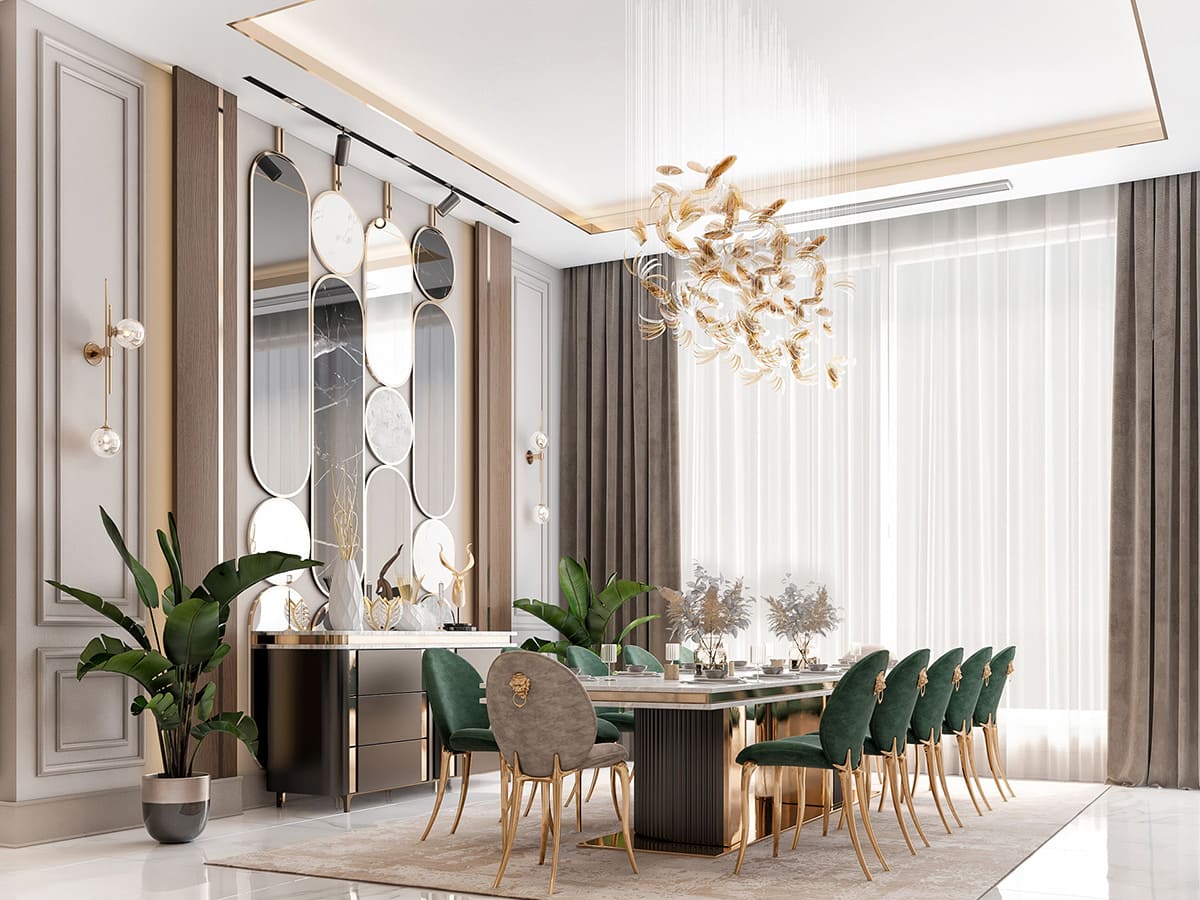

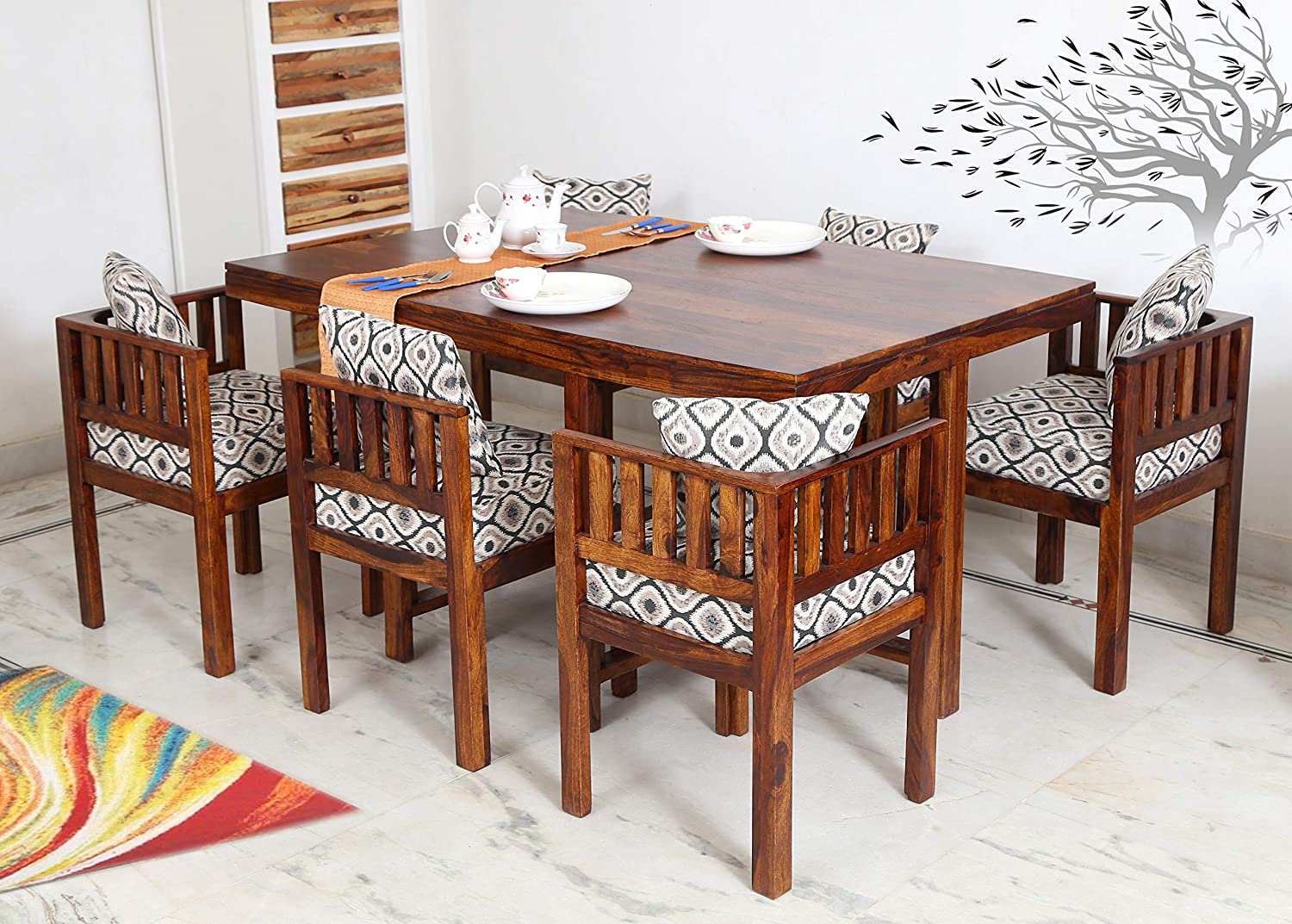
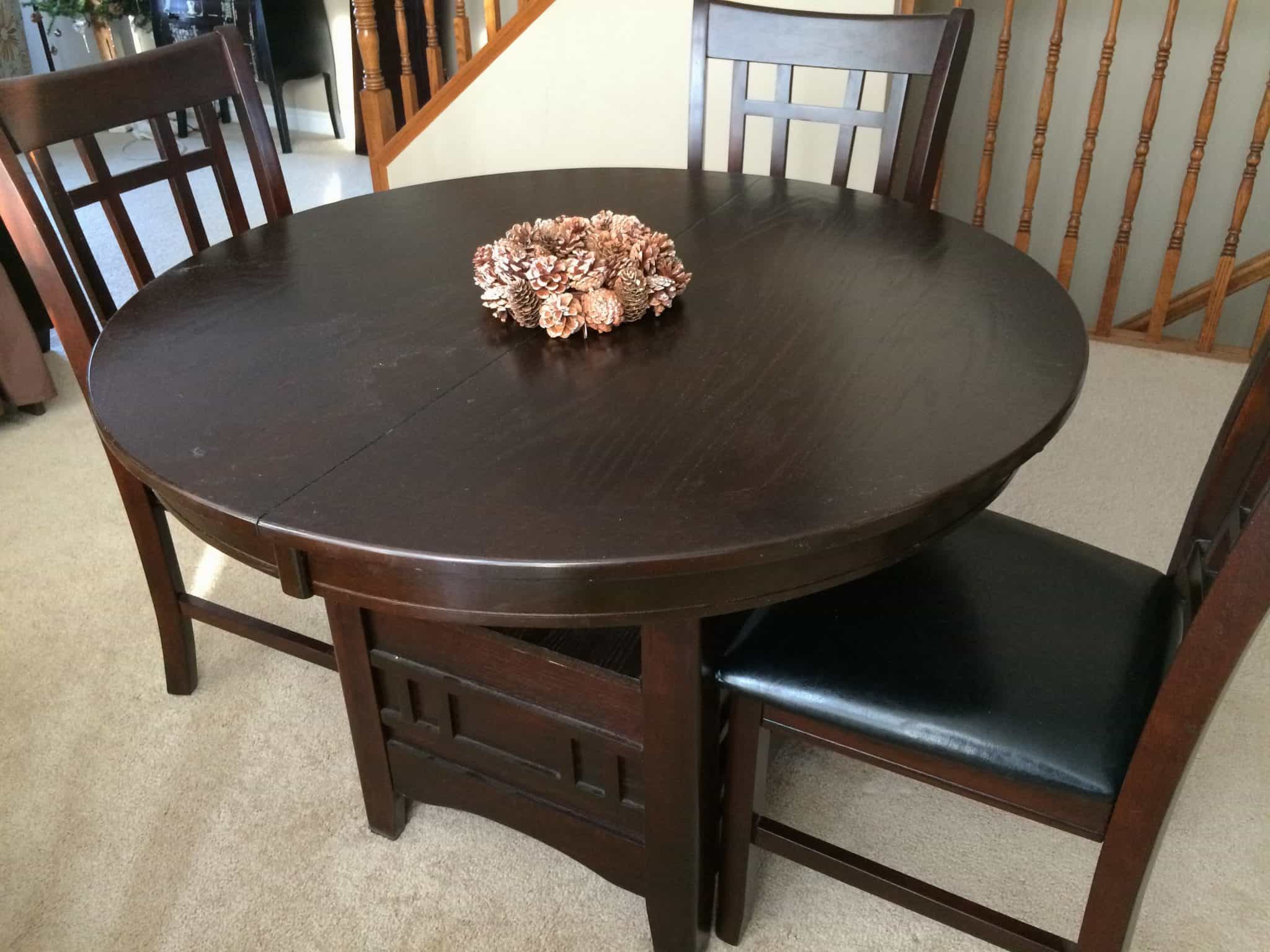

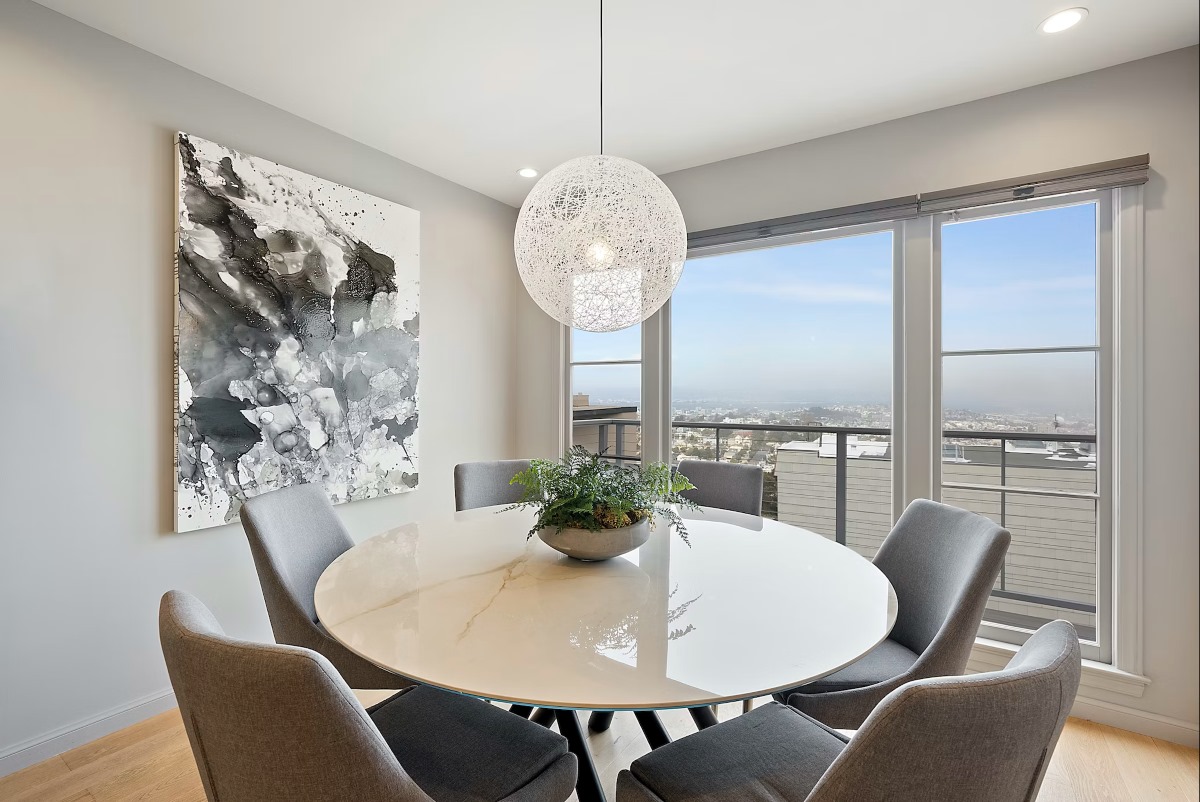
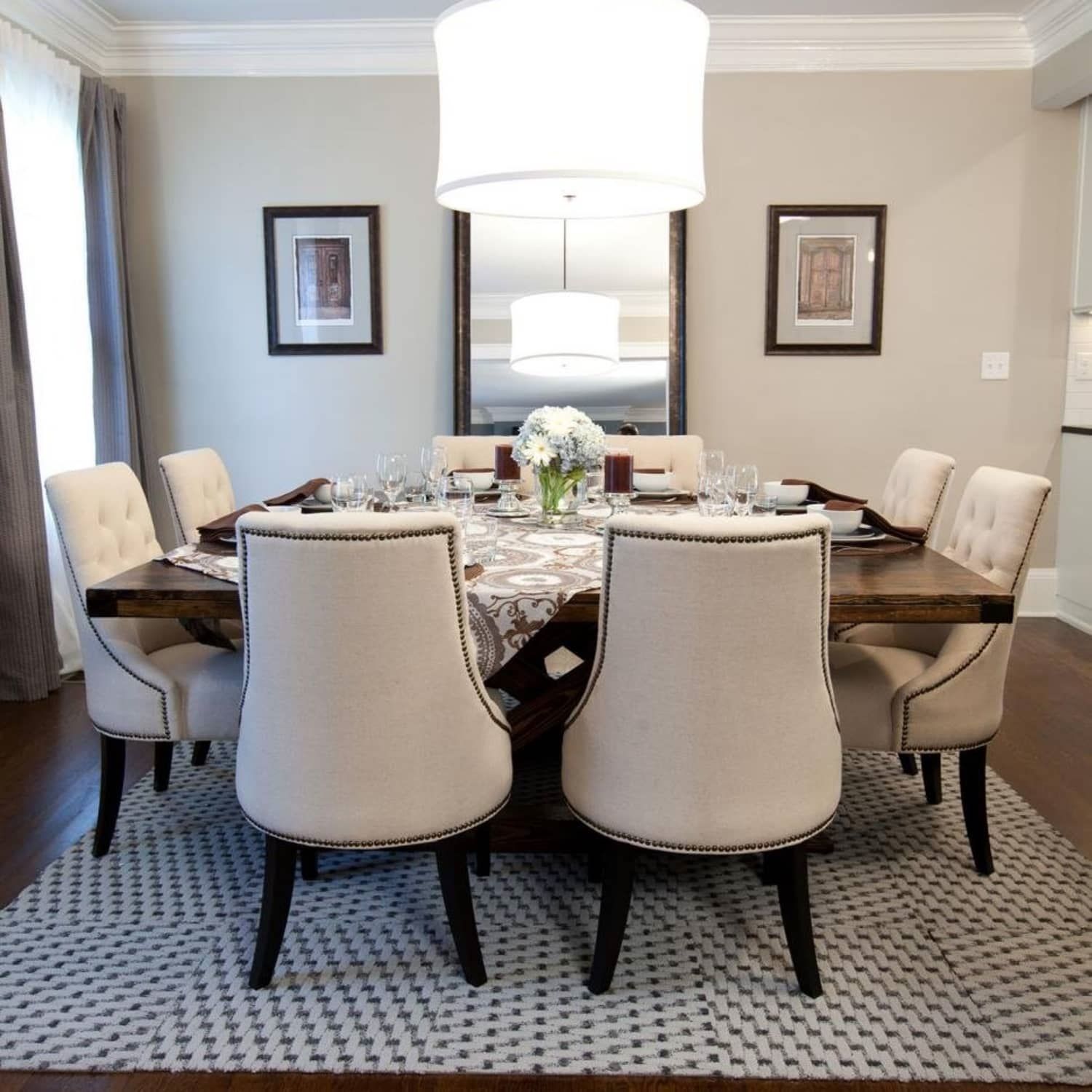
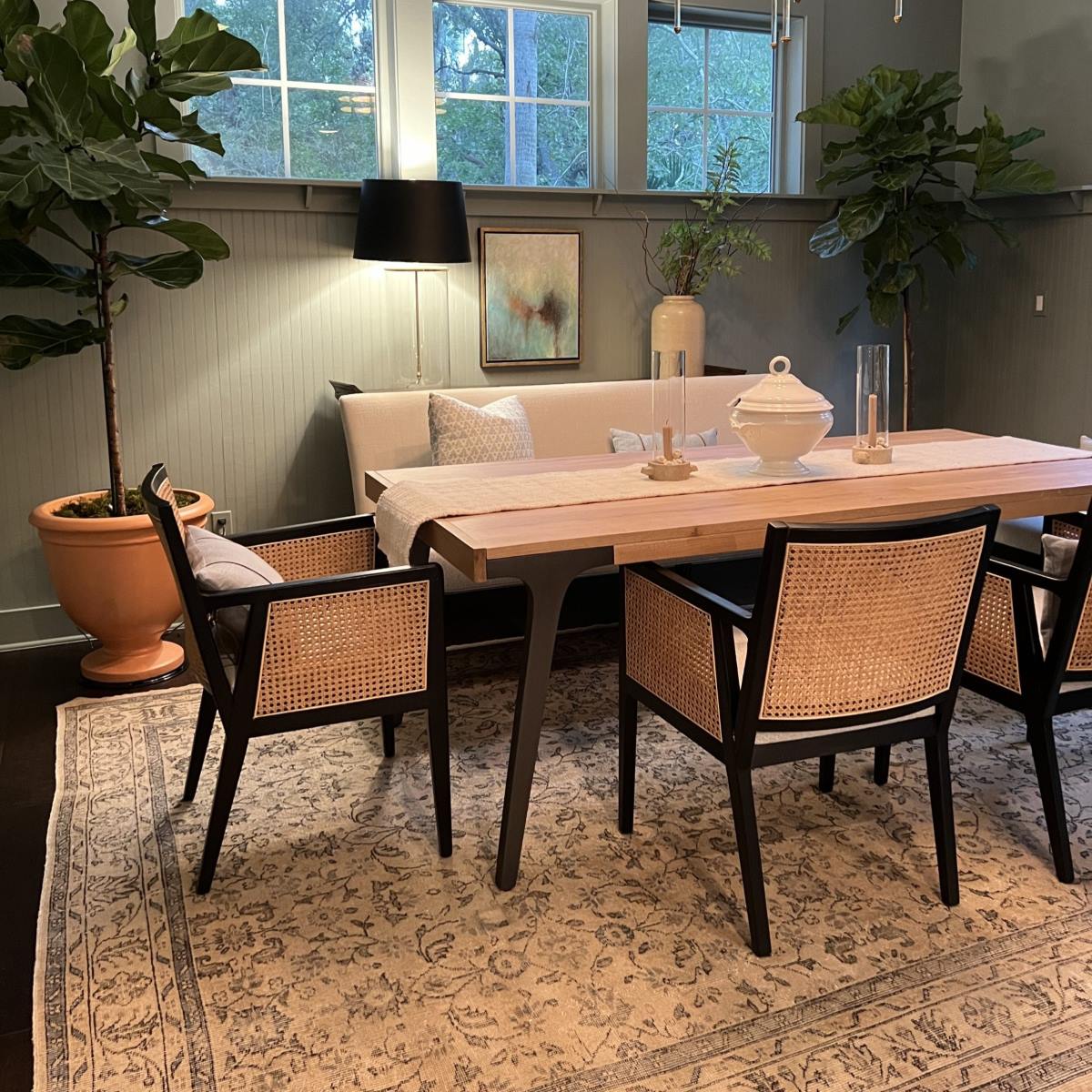

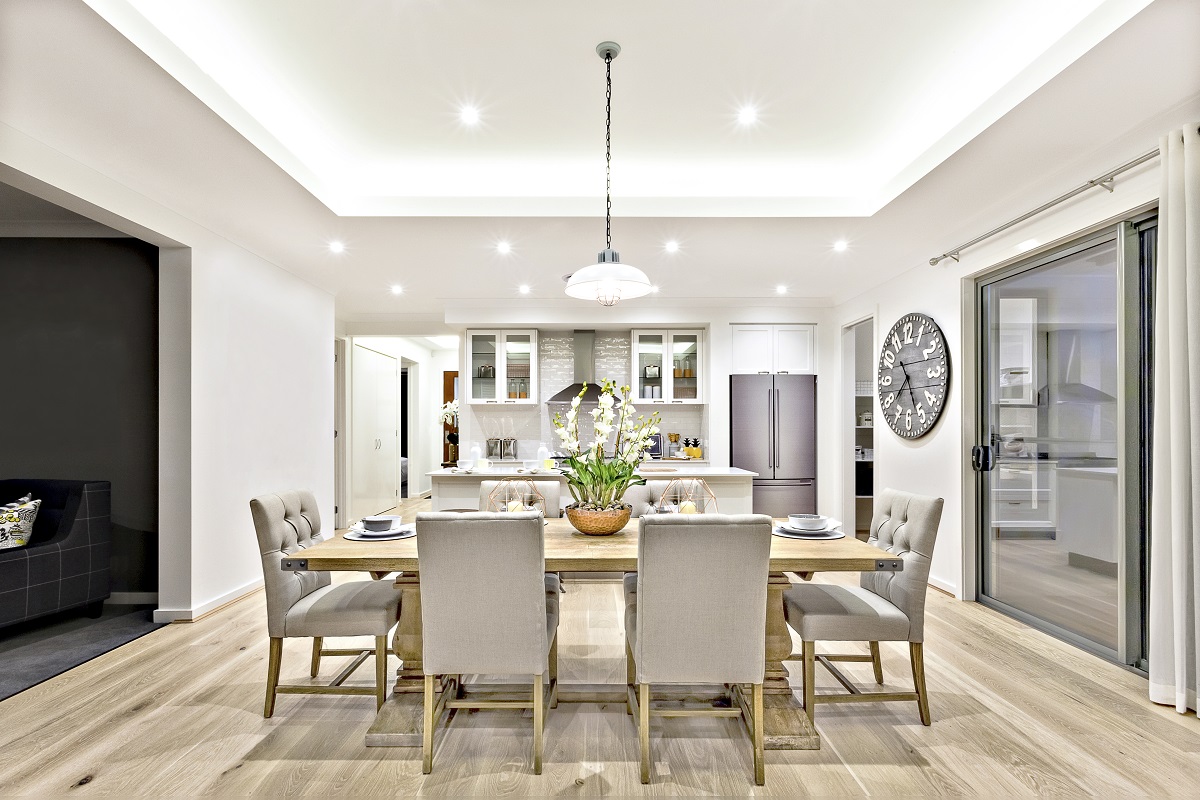
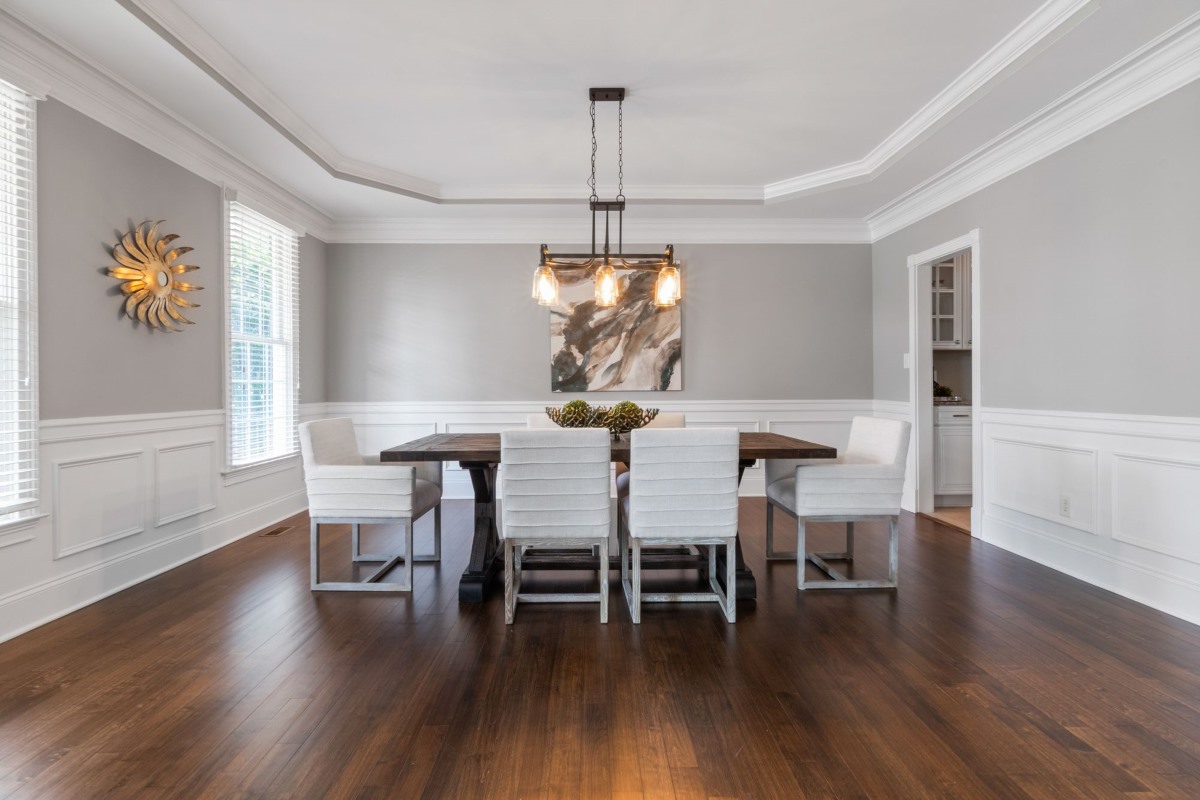
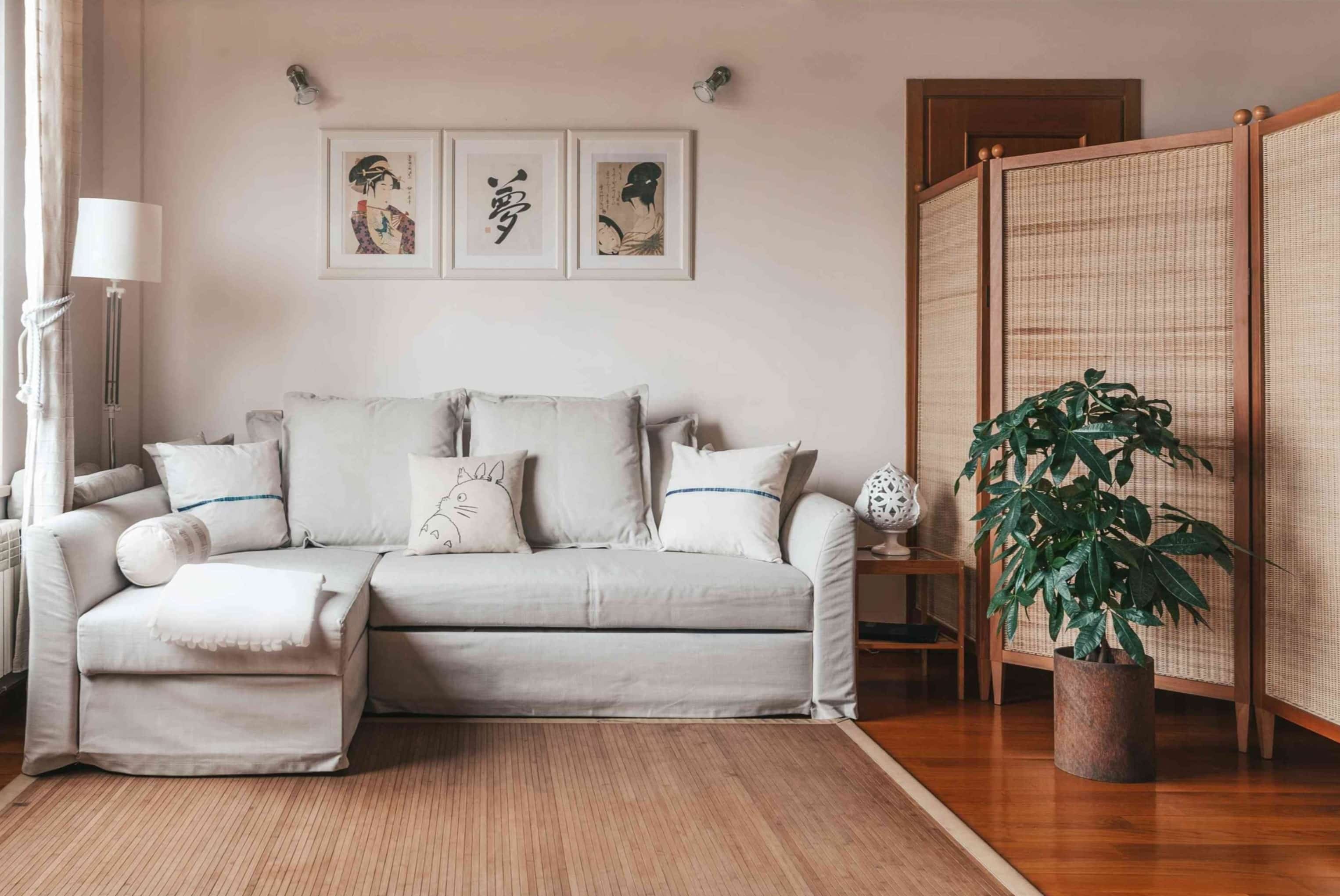

0 thoughts on “What To Do With A Dining Room You Don’t Use”